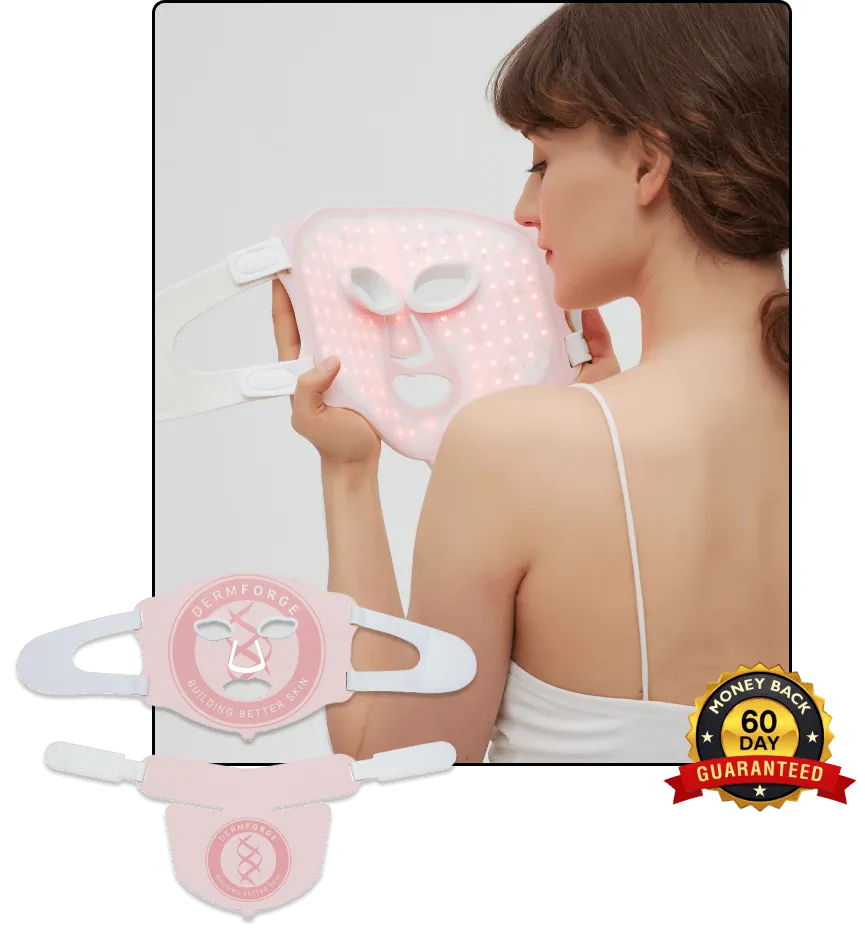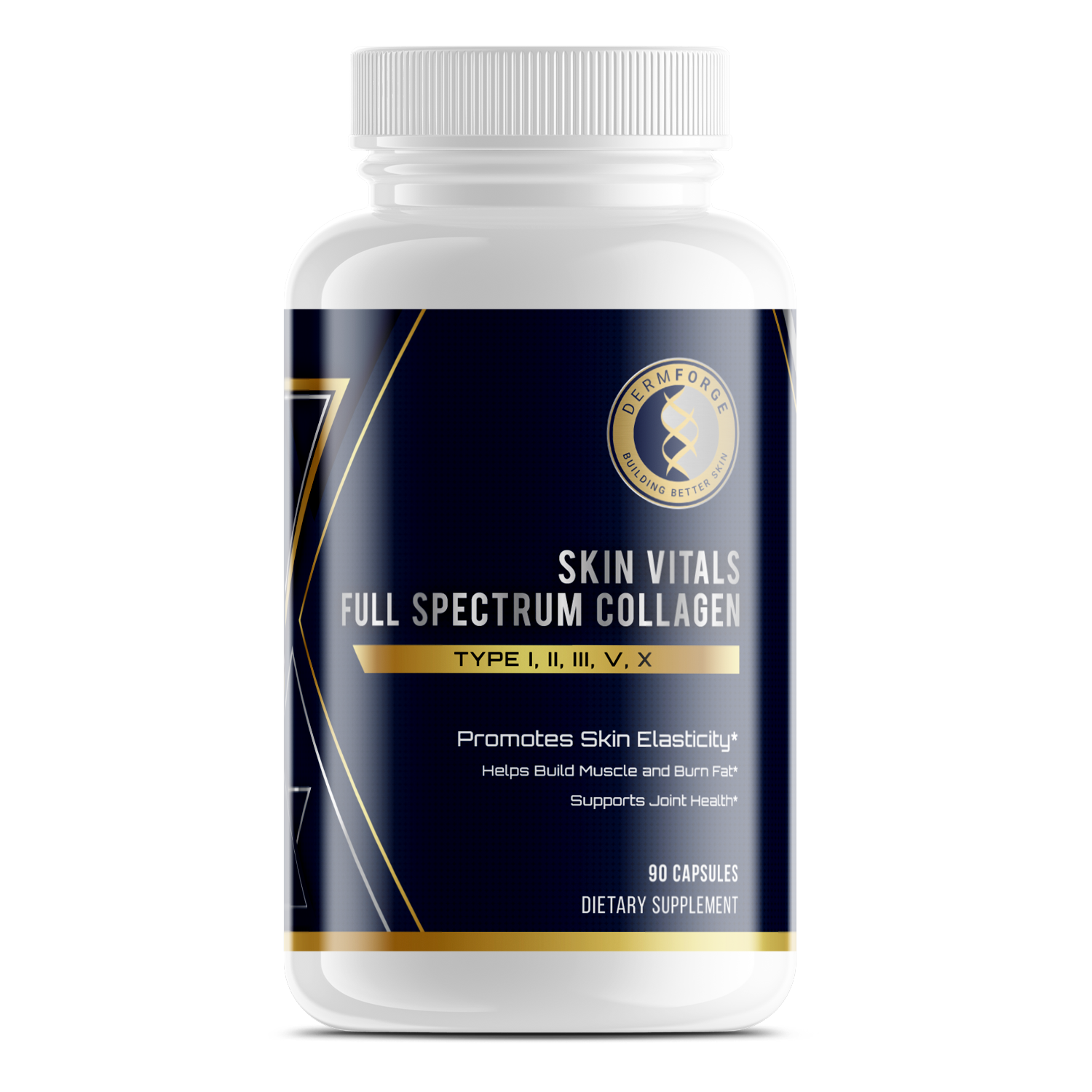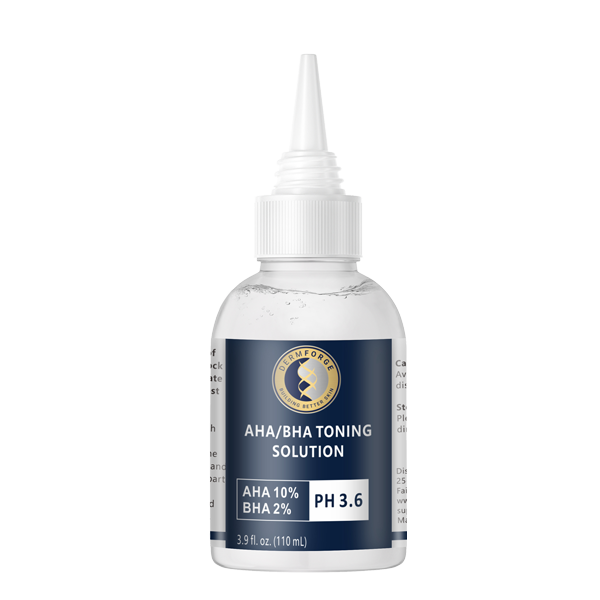Retinol is one of the most recommended ingredients in skincare for good reason. The Retinol Face Cream Guide helps you understand why. It explains how to use retinol correctly and what to expect as your skin adjusts. Therefore, if you’re new to retinol, this guide offers a clear place to begin.
Retinol supports skin renewal by increasing cell turnover. As a result, it helps reduce fine lines, breakouts, and dullness over time. However, it’s not a one-size-fits-all solution. Your skin type, product strength, and application method all affect your results. Therefore, it’s important to learn how to match the product to your specific needs.
Additionally, retinol can cause side effects like dryness or irritation. That’s common when starting but often fades with the right routine. Pairing retinol with calming ingredients like hyaluronic acid or niacinamide can help reduce discomfort. However, you still need to apply it carefully and follow with sunscreen every morning.
You don’t need to use a strong formula to see results. Starting with a low percentage and building slowly is often more effective. Additionally, keeping the rest of your skincare simple makes it easier for your skin to adjust. If used correctly, retinol becomes a long-term asset in your routine.
This guide offers practical tips to help you use retinol safely and get the most out of it. Therefore, you can approach retinol with more clarity and fewer surprises. With time and consistency, it can support healthier, smoother skin.
What Is Retinol and How Does It Work?
Retinol is a form of vitamin A that your skin can use to support renewal and repair. It helps your skin shed dead cells, which often cause dullness and clogged pores. Once applied, your body converts retinol into retinoic acid. This active form stimulates cell turnover and speeds up skin regeneration.
Therefore, many people use retinol to improve texture, fade dark spots, and reduce signs of aging. Additionally, it encourages collagen production, which keeps your skin firm. Collagen loss is natural as you age, but retinol slows this process. As a result, your skin can look smoother and feel tighter over time.
However, not all retinoids work the same way. Retinol is gentler than prescription-strength versions, making it a good choice for beginners. It still helps reduce fine lines, but with fewer side effects. You may still experience some dryness or peeling, especially at first. That’s why it's important to introduce it gradually and use a moisturizer.
Additionally, applying retinol at night is best, since sunlight can reduce its effectiveness. You should always follow it with sunscreen during the day. With consistent use, results often become noticeable after several weeks.
The Retinol Face Cream Guide covers all these basics so you know what to expect. Understanding how it works helps you use it properly. By supporting your skin’s natural renewal process, retinol offers visible improvements with time. Therefore, it remains one of the most recommended ingredients in skincare. If you want clearer, firmer skin, it’s worth learning how to use retinol effectively.
Benefits of Using Retinol Face Cream
Using retinol face cream can offer your skin noticeable improvements over time. It targets common issues like fine lines and acne. Retinol works by speeding up skin cell turnover, which helps your skin renew itself faster. Therefore, it can reduce the appearance of wrinkles and fine lines with regular use.
Additionally, many people use it to help with breakouts. Retinol keeps pores clear by preventing dead skin from clogging them. As a result, it can lower the chances of acne and improve skin clarity. You may notice fewer blemishes and smoother skin after a few weeks of use.
Retinol also improves your skin’s overall texture. Rough patches often soften, and dry areas become more balanced. Therefore, skin feels more even and looks more refined. With time, many people report that their skin appears healthier and more polished.
Another benefit is improved skin tone. Dark spots, discoloration, and redness may fade slowly with consistent application. Additionally, retinol supports collagen production, which helps maintain a firmer look. This can give your face a more lifted appearance without invasive treatments.
However, retinol is not an overnight fix. It works best when used consistently and carefully. The Retinol Face Cream Guide can help you apply it correctly and avoid irritation. When used properly, it becomes a long-term solution for multiple skin concerns. Therefore, if you want smoother, brighter skin, retinol is worth adding to your routine.
How to Choose the Right Retinol Cream for Your Skin Type
Choosing the right retinol cream depends on your skin type and experience level. Not all formulas will suit every skin need. If you have dry or sensitive skin, start with a low concentration like 0.25%. Lower strengths reduce the risk of irritation.
However, oily or acne-prone skin may handle higher strengths more easily. A 0.5% formula can target breakouts and excess oil without causing too much dryness. Therefore, it’s often better suited for combination or resilient skin types. Additionally, cream-based formulas tend to be more hydrating than gels or serums.
If you're new to retinol, ease into it slowly. Choose a gentle formula with moisturizing ingredients to support your skin’s barrier. Use it two to three times per week at first. Then gradually increase use as your skin builds tolerance. You may still see some redness or dryness in the beginning. However, these effects often fade as your skin adjusts.
Experienced users might prefer stronger formulas like 1%. These options offer faster results but can also increase the chance of peeling. Therefore, it's important to monitor your skin and adjust frequency if needed. You can always take a break or apply every other night.
The Retinol Face Cream Guide can help you match a product to your skin type. Understanding your needs helps avoid irritation and frustration. Additionally, choosing the right formula gives you better, longer-lasting results. With care and consistency, you can get the most from your retinol cream.
How to Use Retinol Safely and Effectively
To get the best results from retinol, you need to apply it the right way. Always use it at night before bed. Sunlight breaks down retinol, making it less effective. Therefore, nighttime use helps the product stay active and work properly.
Start with clean, dry skin. Additionally, wait a few minutes after washing your face before applying retinol. This helps reduce irritation. Use a small amount and spread it evenly across your face. Then apply a gentle moisturizer to help limit dryness and peeling.
If your skin feels tight or flaky, try applying moisturizer before the retinol. This can create a buffer and reduce discomfort. However, avoid layering too many strong products. Mixing retinol with exfoliants or acids can increase irritation.
Therefore, keep your skincare simple while your skin adjusts. Use retinol only a few nights a week at first. Gradually increase usage as your skin becomes more tolerant. Additionally, don’t forget to apply sunscreen every morning. Retinol makes your skin more sensitive to the sun.
If you experience redness or peeling, take a break for a few days. You can restart when your skin feels calm again. Choosing the right routine helps you avoid unnecessary side effects.
The Retinol Face Cream Guide explains how to build a routine that works. With the right steps, you can get the benefits without the discomfort. Therefore, stick with it and adjust as needed. Retinol takes time, but steady use often leads to clearer, smoother skin.
Common Side Effects and How to Manage Them
When you start using retinol, you might notice some irritation. Common side effects include redness, peeling, and dryness. These are normal reactions as your skin adjusts. However, they can feel uncomfortable if you use too much or apply it too often.
Therefore, it helps to start with a low-strength formula. Apply it just a few nights each week in the beginning. Additionally, always follow with a gentle moisturizer to help soothe dry or flaky skin. Using a barrier-supporting cream can reduce the tight feeling some people experience.
You may also want to apply moisturizer before the retinol itself. This can reduce how deeply it penetrates, making irritation less likely. However, avoid combining retinol with other strong ingredients like exfoliants or acids during the adjustment period. Keep your skincare routine simple and focused on comfort.
If your skin becomes red or itchy, take a short break. Give your skin time to calm down before restarting. Additionally, consider using fragrance-free products while your skin adjusts. These products tend to be more calming and less likely to sting.
The Retinol Face Cream Guide covers more ways to manage early side effects. Therefore, having a clear plan can make the process easier. Once your skin adjusts, you can begin using retinol more regularly. With consistent care, the irritation usually fades and the benefits start to show.
Top Ingredients to Combine with Retinol for Maximum Results
Combining retinol with the right ingredients can improve results and help reduce irritation. Some ingredients support hydration, while others target inflammation. Therefore, using them with retinol helps balance your routine without weakening its effects.
Hyaluronic acid is a great place to start. It attracts moisture and keeps your skin from feeling dry or tight. Additionally, it works well under or over retinol and won’t cause extra irritation. This makes it ideal for first-time users.
Niacinamide is another helpful addition. It can calm the skin and reduce redness linked to retinol use. Therefore, using both together can make your skin feel more comfortable during the adjustment period. Additionally, niacinamide helps strengthen your skin barrier over time.
Peptides are also worth including. These small proteins help support collagen and improve skin texture. When used with retinol, they may help boost firmness and smoothness. However, avoid combining retinol with strong exfoliants or acids unless your skin can tolerate it well.
Always apply sunscreen during the day. Retinol increases your skin’s sensitivity to the sun. Additionally, try spacing stronger treatments apart when first starting. You can apply different ingredients at different times to reduce the chance of irritation.
The Retinol Face Cream Guide includes tips for building a safe and effective routine. Therefore, pairing retinol with the right ingredients can make a big difference. You get better results and a more comfortable experience with consistent use and balanced care.
Conclusion
Retinol remains one of the most effective ingredients for improving skin over time. It helps with aging, breakouts, and uneven texture. However, using it the right way is what gives you long-term results without unnecessary irritation.
Therefore, starting slowly and choosing the right formula makes a big difference. Additionally, pairing it with gentle ingredients supports your skin as it adjusts. You may still see dryness or redness early on. However, these side effects often fade with proper use and patience.
Applying retinol at night and using sunscreen daily helps protect your skin. Additionally, spacing out other active ingredients keeps your routine balanced. With consistency, you’ll start to notice smoother, clearer, and more even-toned skin.
The Retinol Face Cream Guide helps you build a smart routine from the start. It offers tips for selecting products and avoiding common mistakes. Therefore, you feel more confident using retinol without second-guessing every step.
Take your time and listen to your skin. If you need to slow down, that’s fine. Progress with retinol is gradual, not instant. However, with care and consistency, it delivers noticeable improvements. Keep your routine simple, protect your skin daily, and adjust as needed.
Eventually, your skin becomes more comfortable with retinol. That’s when the real changes begin to show. If you stay consistent and thoughtful, you’ll get the results you want without the discomfort you don’t.






